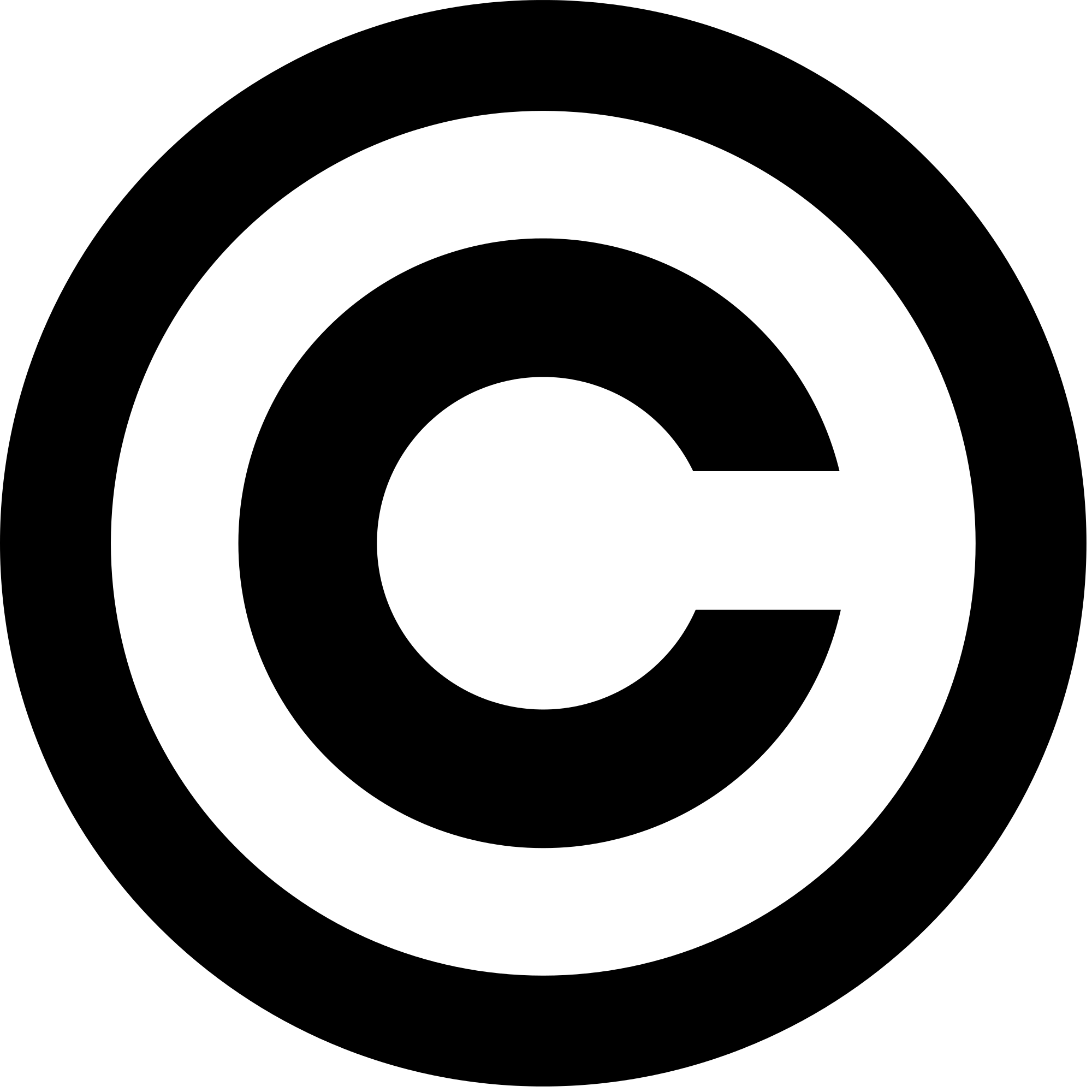 Art historical literature examines artists, artistic styles and movements, artistic practices, individual works of art, physical components of artworks and much more, and it also includes visual analysis and criticism. This interdisciplinary field uses theories and methodologies of its own, but often incorporates many other forms of analysis and criticism, such as feminism, gender studies, and political philosophies, to name just a few.
Art historical literature examines artists, artistic styles and movements, artistic practices, individual works of art, physical components of artworks and much more, and it also includes visual analysis and criticism. This interdisciplinary field uses theories and methodologies of its own, but often incorporates many other forms of analysis and criticism, such as feminism, gender studies, and political philosophies, to name just a few.
Keep in mind that research on individual artists or their works of art, and even contemporary art is included under the "art history" heading!
When researching in art history you will encounter a number of types of specialized art historical literature (see below). Bibliographies from any of these types of works can provide additional valuable resources.


A Short Guide to Writing About Art "guides students through every aspect of writing about art, (including) how to analyze ... (drawings, paintings, photographs), sculptures and architecture..., (as well as) essential writing assignments (including) formal analysis, comparison, research paper, review of an exhibition, and essay examination, (and also) a chapter on “Virtual Exhibitions: Writing Text Panels and Other Materials” in the 11th edition.
For QUICK GUIDES to writing about art see:
CRITICISM: See The Writing Center at University of North Carolina at Chapel Hill's Art History handout quick guide
VISUAL (FORMAL) ANALYSIS: Smarthistory presents a practical Introduction to art historical analysis and a video guide on How to do a visual (formal) analysis:
 Evaluate information sources using CRAAP:
Evaluate information sources using CRAAP:
When evaluating information on the open web, use CRAAP and also:


 Copyright "is a form of protection grounded in the U.S. Constitution and granted by law for original works of authorship fixed in a tangible medium of expression. Copyright covers both published and unpublished works." Learn more here.
Copyright "is a form of protection grounded in the U.S. Constitution and granted by law for original works of authorship fixed in a tangible medium of expression. Copyright covers both published and unpublished works." Learn more here.
Fair Use allows "the unlicensed use of copyright-protected works in certain circumstances." Learn more here.
Creative Commons licenses make creative works "freely available for legal use, sharing, repurposing, and remixing" by "any member of the public." The CC Search search engine lets you "search for free content in the public domain and under Creative Commons licenses. Learn more about CC licenses here."
More information:
The MLA, Chicago, and Turabian citation styles may be used in writing about art. Check your syllabus or contact your professor to find out which style they prefer.
Quick guides to citing images:
College Art Association Guidelines regarding Fair Use and Copyright: